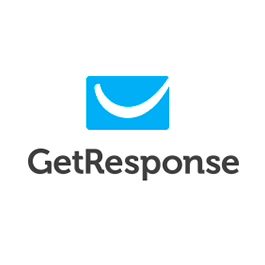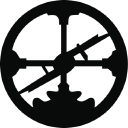I Make $4M/Year Helping People Run Successful Crowdfunding Campaigns
Hello! Who are you and what business did you start?
My name is Narek Vardanyan, and I am the co-founder and CEO of The Crowdfunding Formula (also known as TCF).
We started as a crowdfunding marketing agency and quickly became one of the top agencies in the world, raising millions of dollars for creators in extremely short launch windows. As a boutique agency, we only work with the best clients and have managed to maintain an average raise per launch of over $1.2M.
Since then, we’ve expanded TCF into an ecosystem of companies and products that support consumer hardware innovation and help creators at various stages. Among them, Prelaunch.com helps innovators validate whether there’s a demand for their products, Creator Club is a creator-focused education and learning platform and community, CrossProm helps creators match and cross-promote each other, and TechIWant is a leading tech media for discovering innovations.
Our annual revenue is around $4M/year. This is...

Download the report and join our email newsletter packed with business ideas and money-making opportunities, backed by real-life case studies.

Download the report and join our email newsletter packed with business ideas and money-making opportunities, backed by real-life case studies.

Download the report and join our email newsletter packed with business ideas and money-making opportunities, backed by real-life case studies.

Download the report and join our email newsletter packed with business ideas and money-making opportunities, backed by real-life case studies.

Download the report and join our email newsletter packed with business ideas and money-making opportunities, backed by real-life case studies.

Download the report and join our email newsletter packed with business ideas and money-making opportunities, backed by real-life case studies.

Download the report and join our email newsletter packed with business ideas and money-making opportunities, backed by real-life case studies.

Download the report and join our email newsletter packed with business ideas and money-making opportunities, backed by real-life case studies.





















